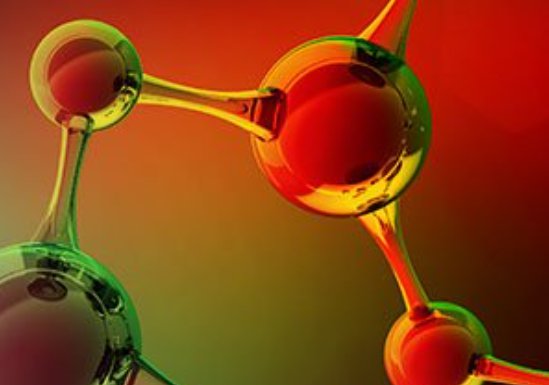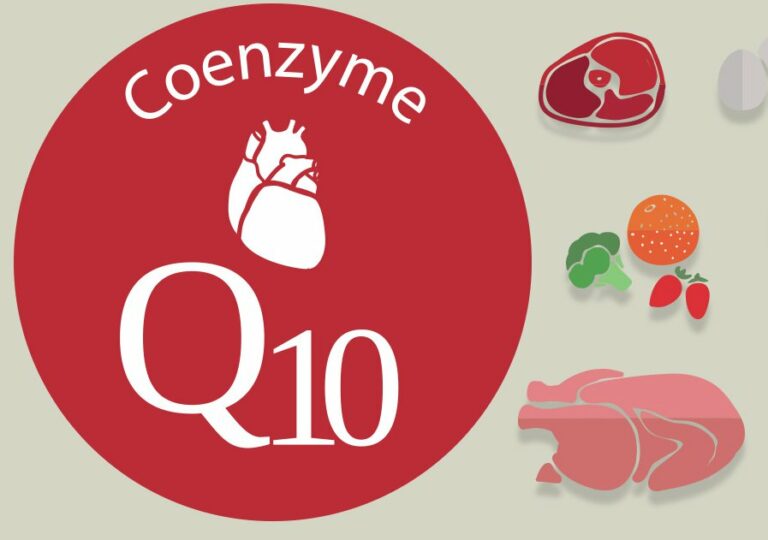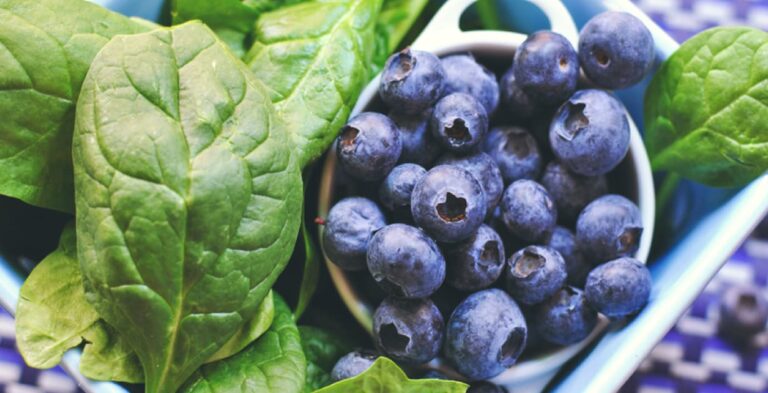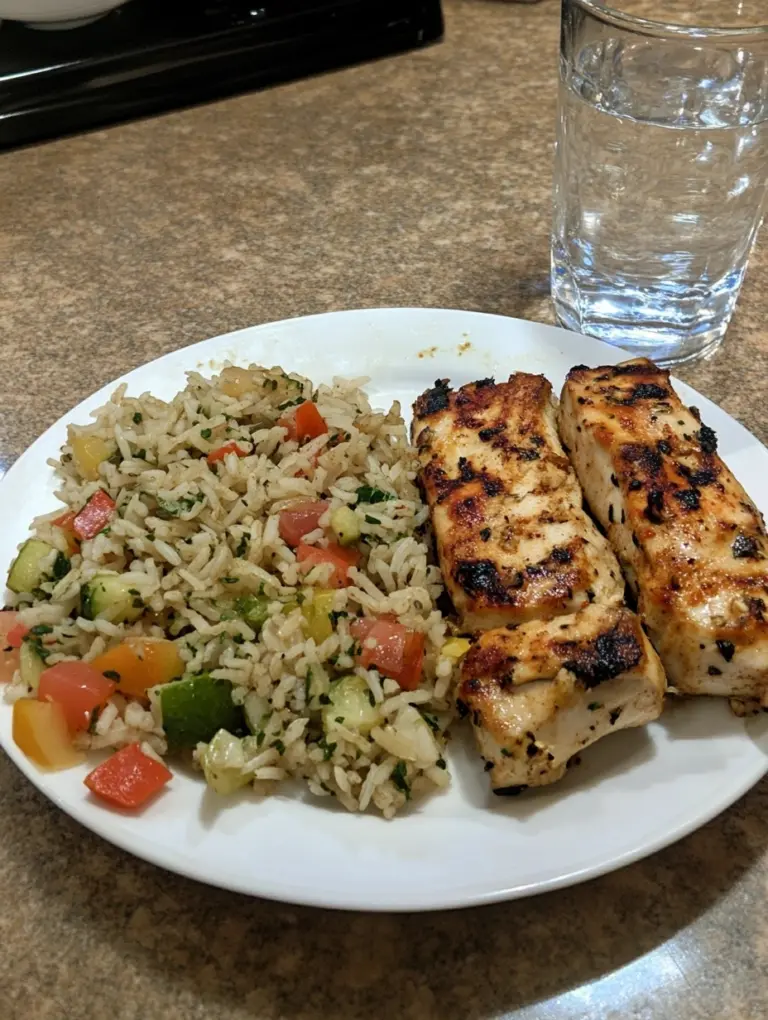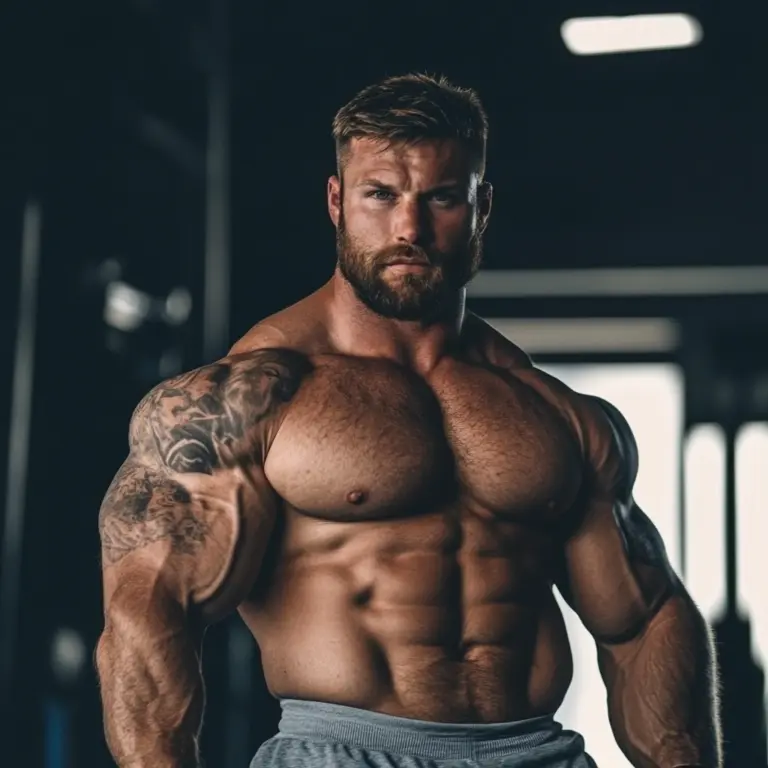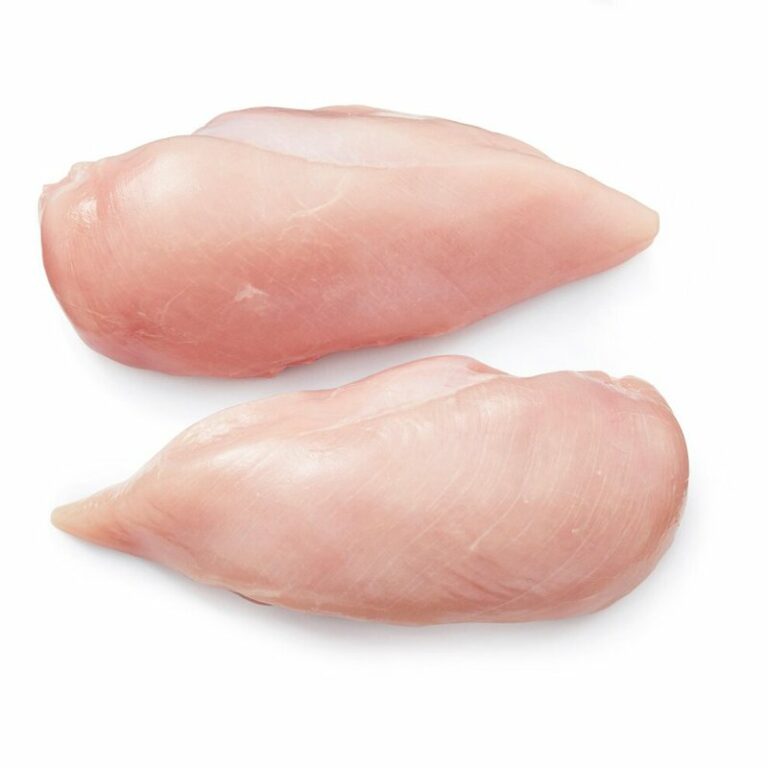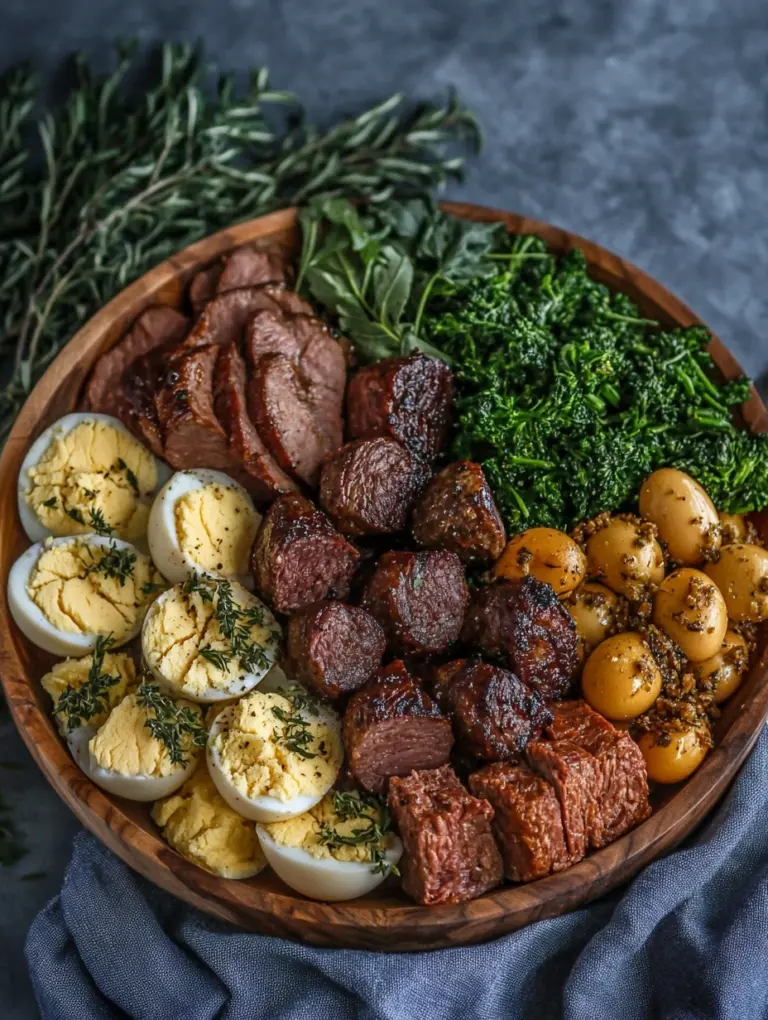Amino Acids in Proteins – A Comparison between Dietary Sources and Human Muscle Tissue
Unlocking Muscle Growth After 50: Amino Acids – Your Bodybuilding…
Unlocking Muscle Growth After 50: Amino Acids – Your Bodybuilding Blueprint
- Introduction: More Than Just Protein Powder – Understanding the REAL Muscle Builders
Let’s be honest, you’re not new to this fitness game. You’ve probably been around the block a few times in the gym, you know what it takes to put in the work, and you’re not slowing down just because you’ve hit 50 (or maybe even blown past it!). You’re still chasing those gains, feeling that pump, and proving that age is just a number when it comes to strength and fitness.
But sometimes, even when you’re dialled in with your training, you might find yourself wondering if you’re really getting the most out of your nutrition, especially when it comes to protein. Are you eating enough? The right kind? And is it all translating into the muscle growth and recovery you’re working so hard for?
If you’ve ever felt like you’re pounding down the protein powder but still not seeing the results you expect, or if you’re simply curious about taking your muscle-building game to the next level, then you’re in the right place. Because the secret to truly maximizing your muscle gains, especially as we navigate our 50s and beyond, isn’t just about protein – it’s about understanding the real muscle builders: amino acids.
Think of it like this: protein is the impressive house you’re building – your awesome, strong, over-50s physique. But amino acids? They’re the individual bricks, the essential components that make up that house. And when it comes to building muscle, repairing tissue, and keeping our bodies firing on all cylinders as we age, these little guys are crucial.
In this post, we’re going to ditch the confusing jargon and break down the world of amino acids in a way that’s not just easy to understand, but useful for your fitness journey. We’ll compare different protein sources, bust some common myths, and give you practical, no-nonsense tips to fuel your muscles the right way, no matter what your dietary preferences are. We’re cutting through the noise and getting right to the heart of what really matters: how to use amino acids to build and maintain that hard-earned muscle as a mature, experienced bodybuilder. Let’s dive in and unlock your muscle-building blueprint!
- Amino Acids 101: The Basic Training You NEED
Okay, let’s start with the basics, but I promise we’ll keep it quick and painless. What exactly are these amino acids we keep talking about? Well, in simple terms, amino acids are the building blocks of protein. Just like letters of the alphabet combine to make words, amino acids link together to form proteins. And proteins, as you know, are essential for pretty much everything in our bodies – not just muscle, but also enzymes, hormones, immune cells, and a whole lot more.
Now, here’s the key thing to understand for us fitness-focused folks: out of the 20 different amino acids our bodies use, 9 are considered ‘essential.’ Why essential? Because our bodies are amazing, but they can’t actually make these 9 on their own. We must get them from the food we eat. Think of them as the VIP amino acids – we absolutely need them to function optimally, especially when we’re pushing our bodies in the gym.
Let’s break down the two categories:
- Essential Amino Acids (The VIPs): These are the nine amigos your body can’t produce on its own. You must get them through your diet. They are:
- Leucine, Isoleucine, Valine: These three are the famous Branched-Chain Amino Acids (BCAAs). They are superstars for muscle protein synthesis (muscle building and repair) and are often supplemented by athletes. Leucine is like the key that unlocks muscle growth.
- Lysine: Important for growth and development, immune function, and plays a role in hormone production, including growth hormone – something we definitely want to support as we age.
- Methionine: Plays a role in metabolism, detoxification, and the absorption of selenium and zinc – important minerals for overall health and fitness.
- Phenylalanine: Precursor to tyrosine, another amino acid, and involved in the production of neurotransmitters, which are crucial for brain function and mood – important for staying motivated and focused on our fitness goals!
- Threonine: Important for immune function and the formation of collagen and elastin – key for healthy skin, joints, and connective tissues – something we appreciate as we get older!
- Tryptophan: Precursor to serotonin and melatonin – neurotransmitters that regulate mood, sleep, and appetite. Good sleep and mood? Essential for consistent training and recovery!
- Histidine: Plays a role in inflammation, immune response, and the production of histamine.
- Non-Essential Amino Acids (Still Important, But Body Can Make Them): These are the other 11 amino acids. Don’t let the “non-essential” name fool you – they are still vital for health. It just means our bodies have the clever ability to manufacture them from other amino acids if needed. They include Alanine, Arginine, Asparagine, Aspartic acid, Cysteine, Glutamic acid, Glutamine, Glycine, Proline, Serine, and Tyrosine. While we don’t need to specifically worry about getting these from food in the same way as essential amino acids, they are still crucial components of proteins and play important roles in various bodily functions.
Think of it this way: imagine building that Lego house again. The essential amino acids are like those specific, unique Lego bricks that you must have to build certain key parts of your house. If you don’t have them, you’re stuck. The non-essential amino acids are like the more common, standard bricks – your body is pretty good at making those itself if it needs to, if it has enough of the basic materials to work with.
So, when we talk about “protein quality,” a huge chunk of it comes down to how many of these essential, VIP amino acids are packed inside the protein source we’re eating. And that’s what we’re going to explore next!
- Animal vs. Plant Protein: The Great Amino Acid Showdown
Now for the big question: where do we get these amino acids from? Well, primarily from the protein we eat, of course! And that’s where the discussion of animal versus plant protein comes into play.
You’ve probably heard the terms “complete protein” and “incomplete protein” thrown around. Let’s clarify what they really mean, especially as it relates to our goals as over 50s bodybuilders.
- Animal Proteins: Often Called “Complete” for a Reason: Animal-based proteins, like meat (beef, chicken, pork), fish (salmon, tuna, cod), eggs, and dairy (milk, yogurt, whey, casein) are often labelled as “complete proteins.” This is because they naturally contain all nine essential amino acids in decent proportions. And, importantly, the ratios of these amino acids in animal proteins tend to be quite like the ratios found in human muscle tissue. Pretty neat, right?
Think about meat. Beef, chicken, pork – they’re all packed with essential amino acids, including those muscle-building BCAAs. Plus, red meat naturally contains creatine, which we know is another powerhouse for strength and power. Fish, beyond the great amino acid profile, also brings in omega-3 fatty acids, which are fantastic for reducing inflammation and aiding recovery – something our joints really appreciate as we get a bit more mileage on the clock.
Eggs are often considered the “gold standard” of protein for bioavailability, meaning our bodies are incredibly efficient at absorbing and using the protein from eggs. And don’t skip the yolks! They are rich in leucine, that key amino acid for muscle protein synthesis. And then there’s dairy, especially whey and casein protein. Whey is famous for its fast absorption and high BCAA content – perfect for that post-workout shake. Casein, on the other hand, is slower digesting, making it great for sustained protein release, like overnight recovery.
- Plant Proteins: Often Called “Incomplete” – But Don’t Let That Fool You! Plant-based proteins, such as legumes (beans, lentils, chickpeas), grains (quinoa, brown rice, oats), nuts and seeds (almonds, chia, pumpkin seeds), and soy products (tofu, tempeh, edamame) are often termed “incomplete proteins.” This is because individually, many plant protein sources may be lower in one or more of the essential amino acids compared to animal proteins. For example, legumes are often a bit lower in methionine, while grains might be a bit lower in lysine.
Now, here’s where it’s crucial to debunk a major myth: just because plant proteins are often called “incomplete” does NOT mean they are “bad” or “inferior” for building muscle, especially for us over 50! That’s simply not true. What it does mean is that if you’re primarily relying on plant-based protein sources, you need to be a little more strategic and varied in your diet to ensure you’re getting all the essential amino acids in sufficient amounts.
Think about legumes – beans, lentils, chickpeas. They are fantastic sources of protein, fibre, and other nutrients. Grains like quinoa and brown rice also contribute protein, along with complex carbohydrates for energy. Nuts and seeds provide healthy fats and micronutrients alongside protein. And soy products like tofu and tempeh are considered “complete” plant proteins, meaning they do contain all nine essential amino acids in good amounts!
Let’s be clear: a well-planned plant-based diet can absolutely provide all the essential amino acids you need to build and maintain muscle, even as a bodybuilder over 50. It just requires a little bit of knowledge and smart food combining, which we’ll get into next.
- Protein Complementation: The Smart Way to Maximize Plant-Based Amino Acids
So, if plant proteins are sometimes a bit lower in certain essential amino acids, how do plant-based bodybuilders ensure they’re getting everything they need? The answer is protein complementation.
Think of protein complementation like completing a puzzle. Imagine each essential amino acid is a different puzzle piece you need to build your muscle protein puzzle. If one plant protein source is a little “short” on one puzzle piece (an essential amino acid), you simply pair it with another plant protein source that’s richer in that missing piece. And BAM! You’ve got a complete set of puzzle pieces – a full spectrum of essential amino acids ready to build muscle!
It’s all about combining different plant protein sources strategically throughout your day (or even over a couple of days) to make sure you’re covering all your essential amino acid bases. Here are some delicious and practical examples of protein complementing food pairings:
- Legumes + Grains: The Classic Power Couple: This is probably the most well-known protein complementing pairing. Think:
- Beans and rice: Black beans and rice, red beans and rice, rice and peas – so many variations!
- Lentil soup with whole wheat bread: Hearty and satisfying.
- Hummus with pita bread: A Mediterranean staple – chickpeas (legumes) and wheat (grain).
- Peanut butter on whole grain toast: A simple and quick option.
- Legumes + Seeds: Another great combo:
- Chickpea salad with sunflower seeds: Adds crunch and extra amino acids.
- Lentil loaf with sesame seeds: Nutty flavour boost and better amino acid profile.
- Grains + Dairy/Eggs (For Vegetarians – Not Vegan): If you’re vegetarian and include dairy or eggs, these can easily complement grains:
- Oatmeal with milk and nuts: Breakfast power bowl!
- Whole wheat pasta with cheese and vegetables: Comfort food with a protein punch.
- Rice pudding with eggs: A classic dessert that contributes to your protein intake.
- Nuts/Seeds + Legumes + Grains (The Vegan Trifecta): For vegans, combining all three can create excellent protein profiles:
- Quinoa salad with chickpeas and almonds: A protein-packed and flavourful salad.
- Lentil and walnut burgers on whole wheat buns: Plant-based burger with a complete amino acid profile.
Here’s the great news: you don’t need to stress about perfectly complementing proteins in every single meal. As long as you’re eating a varied diet with a good mix of different plant protein sources throughout the day and over the course of a few days, you’re very likely already doing some protein complementation without even realizing it!
Practical Tips for Easy Protein Complementation:
- Think in Pairs: When you’re planning your meals, just consciously think about including at least two different plant protein sources.
- Variety is Your Friend: Don’t just stick to one or two plant protein sources. Eat a wide range of legumes, grains, nuts, seeds, and soy products throughout the week.
- Don’t Overthink It: Honestly, if you’re eating a reasonably varied plant-based diet, you’re probably already getting good protein complementation. Just focus on eating a diverse range of whole plant foods, and you’ll be in good shape!
- Bioavailability and Digestibility: It’s Not Just WHAT You Eat, But HOW Well Your Body Uses It
Okay, so we’ve talked about getting the right amino acids in our diet. But here’s another crucial piece of the puzzle: it’s not just about what protein you eat, but also how well your body can use it. This is where bioavailability and digestibility come into play.
Think of it like this: you can buy the most expensive, top-of-the-line Lego bricks for your muscle-building house (the best protein sources!). But if you can’t get them out of the box and easily snap them together (digestibility and bioavailability), they’re not going to be very useful, right?
- Bioavailability: Unlocking the Protein Vault: Bioavailability, in simple terms, refers to how much of the protein you eat gets absorbed into your bloodstream and becomes available for your body to use. It’s like the percentage of amino acids you eat that make it into your system to do their job. Protein sources with high bioavailability mean your body can efficiently access and utilize those amino acids.
- Digestibility: Breaking Down the Protein Chains: Digestibility is about how easily your body can break down the protein you eat into individual amino acids in the first place. Before your body can absorb amino acids, it needs to break down those long protein chains in your food through digestion. If a protein source is highly digestible, your body can break it down quickly and efficiently, releasing those amino acids for absorption.
What Factors Affect Bioavailability and Digestibility? A few things can influence how well your body utilizes protein:
- Protein Source Itself: Generally speaking, animal proteins tend to have higher bioavailability and digestibility compared to plant proteins. This is partly because animal proteins often have amino acid profiles that are closer to our own, and they may be digested more readily. However, don’t write off plant proteins! With proper preparation and variety, they can still be excellent sources.
- Cooking Methods: Cooking protein, both animal and plant-based, generally improves digestibility. Cooking helps to denature proteins, making them easier for our digestive enzymes to break down. Think about how much easier it is to digest cooked beans versus raw beans!
- Food Processing: Highly processed protein sources might sometimes be less bioavailable than whole food sources. It’s a bit complex, and it depends on the specific processing methods. Generally, sticking to whole, minimally processed protein sources is a good bet for overall nutrition and potentially better bioavailability.
- Individual Factors (Especially Relevant for Us Over 50!): As we age, a few things can change that might subtly affect protein digestion and absorption:
- Reduced Stomach Acid: Stomach acid helps to break down proteins. Some older adults may produce less stomach acid, potentially slightly impacting protein digestibility.
- Digestive Enzyme Production: The production of digestive enzymes, which break down proteins, fats, and carbs, can sometimes decrease slightly with age in some individuals.
- Gut Health: A healthy gut microbiome is important for overall nutrient absorption. Maintaining good gut health becomes even more important as we age.
Examples of Protein Sources and Bioavailability:
- High Bioavailability Superstars:
- Eggs: Often cited as having nearly 100% bioavailability – your body is incredibly efficient at using egg protein.
- Whey Protein: Designed for fast absorption and high bioavailability – that’s why it’s a post-workout favourite.
- Fish and Lean Meats: Generally, very well-digested and absorbed.
- Good Bioavailability Plant-Based Options (Especially when prepared well):
- Soy Products (Tofu, Tempeh): Soy protein is considered one of the most bioavailable plant proteins, especially when processed into tofu or tempeh.
- Well-Cooked Legumes: Properly cooked lentils, beans, and chickpeas are quite digestible.
- Sprouted Grains: Sprouting grains can improve their digestibility and bioavailability.
Tips to Help Improve Plant Protein Bioavailability and Digestibility:
- Cook Your Plant Proteins Thoroughly: Don’t skimp on cooking time for legumes and grains.
- Soaking and Sprouting: Soaking nuts, seeds, and legumes before cooking or consuming them can help break down certain compounds that can hinder digestion and improve nutrient absorption.
- Consider Digestive Aids (If Needed and After Doctor Consultation): For some individuals, especially those with digestive issues or reduced stomach acid, fermented foods (like kimchi, sauerkraut, yogurt with live cultures) or digestive enzyme supplements might be helpful – but always talk to your doctor before starting any new supplements, especially if you have underlying health conditions.
- Protein Quality: More Than Just the Amino Acid Profile
We’ve talked a lot about amino acid profiles, bioavailability, and digestibility. But when we talk about “protein quality,” it’s important to zoom out and look at the bigger picture. While the amino acid profile is a key factor, it’s not the only thing that determines how “good” a protein source is.
Think of “protein quality” as a more holistic concept. It’s not just about ticking the box for all 9 essential amino acids. It’s about considering a few important factors together:
- Amino Acid Profile (Essential Amino Acid Content): Yes, still crucial! We need those essential building blocks to build and repair muscle.
- Digestibility: How easily can your body break down the protein?
- Bioavailability: How much of the protein gets absorbed and used?
- Overall Nutrient Profile: This is where it gets interesting. Does your protein source come packaged with other beneficial nutrients? Think about:
- Vitamins and Minerals: Does it provide vitamins and minerals that support overall health and fitness? (e.g., iron in red meat, B vitamins in poultry, vitamin D in eggs).
- Healthy Fats: Does it contain healthy fats like omega-3s (in fish) or monounsaturated fats (in nuts)?
- Fiber: Plant protein sources are often rich in fibre, which is fantastic for gut health, blood sugar control, and satiety.
- Antioxidants and Phytonutrients: Plant-based foods are packed with these beneficial compounds.
Now, let’s compare some protein sources based on this broader definition of protein quality:
- Whey Protein Isolate vs. Whole Eggs: Whey protein isolate is incredibly high in protein and rapidly absorbed – fantastic for post-workout recovery. But it’s relatively low in other nutrients. Whole eggs, on the other hand, are also a great source of protein, and they come packaged with healthy fats, choline, vitamin D, and other vitamins and minerals. Both are “high quality” protein sources but offer different nutritional benefits.
- Processed Soy Protein Isolate vs. Whole Food Soy (Tempeh): Soy protein isolate, like whey isolate, is a concentrated source of protein. However, highly processed soy protein might lack some of the beneficial compounds found in whole soy foods. Tempeh, a fermented soy product, provides good protein, and it also offers fibre, probiotics (from fermentation), and other beneficial phytonutrients.
The Bottom Line on Protein Quality: “High quality” doesn’t always mean “best” in every situation. It really depends on your individual goals, dietary needs, and overall eating pattern. Variety is truly key. Incorporating a range of protein sources, both animal and plant-based, into your diet will help you cover all your bases – getting a diverse array of amino acids and a wide spectrum of other essential nutrients.
- Protein Needs for the Over 50s Bodybuilder: Are They Different?
Alright, let’s get down to brass tacks: as over 50s bodybuilders, are our protein needs different compared to our younger selves? It’s a question I know many of us have pondered.
The short answer is it’s not necessarily about lowering your protein intake as you age. In fact, in some ways, your protein needs might be higher, especially if you’re serious about maintaining or building muscle.
Let’s unpack that a bit. You see, as we get older, our muscles can become a little less responsive to the signals that tell them to grow and repair – this is sometimes referred to as “anabolic resistance.” It’s like our muscle cells become a bit less sensitive to the usual muscle-building triggers, including protein intake.
What does this mean in practical terms? Well, it might mean that we need to consume slightly more protein, or at least strategically time our protein intake, to achieve the same muscle-building effect as we did when we were younger. Think of it like needing to turn up the volume a little louder to hear the music as clearly.
Now, I’m not saying you need to start chugging protein shakes all day long. But it is important to be mindful of your protein intake and ensure you’re consistently getting enough, especially if you’re actively engaged in resistance training.
General Protein Intake Recommendations for Over 50s Bodybuilders (Guidelines, Not Rules!):
- As a general guideline, for active individuals over 50 who are focused on bodybuilding and maintaining or building muscle, aiming for approximately 1.4 to 2.0 grams of protein per kilogram of body weight per day is a reasonable target. (To figure out your weight in kilograms, divide your weight in pounds by 2.2). Some research even suggests that slightly higher intakes, towards the upper end of that range, might be beneficial for older adults to overcome anabolic resistance.
- Let’s put that into perspective: If you weigh 90 kilograms (about 198 pounds), that will translate to roughly 126 to 180 grams of protein per day.
- Important Note: These are just guidelines, not rigid rules etched in stone. Your individual protein needs can vary based on several factors:
- Your Activity Level: The more intensely and frequently you train, the more protein you’ll likely need.
- Your Training Goals: Are you focused on bulking up and gaining muscle mass, or primarily on maintaining muscle while cutting fat? Your goals will influence your protein needs.
- Your Individual Metabolism and Body Composition: Everyone’s body is a little different.
- Your Overall Diet and Caloric Intake: Are you in a calorie surplus, deficit, or maintenance?
The best approach is to experiment and find what works best for you. Start within the recommended range, monitor your progress, how you feel, your recovery, and adjust your protein intake accordingly.
- Putting it All Together: Crafting Your Amino Acid-Rich Diet Plan
Okay, enough theory! Let’s get practical. How do you apply all this amino acid knowledge to your daily eating habits and create a diet plan that fuels your muscle-building goals after 50? Here’s a step-by-step guide:
- Step 1: Calculate Your Approximate Daily Protein Needs: Use that guideline we just talked about (1.4 to 2.0 grams of protein per kg of body weight). Pick a target within that range that feels right for you based on your activity level and goals. There are plenty of online protein calculators you can use to make this easy.
- Step 2: Plan Your Meals to Include a Variety of Protein Sources Throughout the Day: Don’t just try to cram all your protein into one or two meals. Aim to spread your protein intake relatively evenly throughout the day, including protein at each meal and even some protein-rich snacks. This helps to keep muscle protein synthesis elevated throughout the day. Think about breakfast, lunch, dinner, and 1-2 snacks.
- Step 3: Prioritize Whole Food Protein Sources, But Use Supplements Strategically: Remember, supplements are called supplements for a reason – they’re meant to add to a good foundation, not replace it. Focus on getting most of your protein from whole, unprocessed food sources first. Then, use protein powder or other supplements strategically to help you bridge any gaps or for convenience (like post-workout shakes).
- Step 4: If You’re Plant-Based, Consciously Incorporate Protein Complementation Strategies: If you’re primarily plant-based, just be mindful of combining different plant protein sources in your meals throughout the day, as we discussed earlier. Don’t overthink it but be intentional about variety.
- Step 5: Track Your Progress and Adjust as Needed: Pay attention to how you’re feeling, how your strength and muscle mass are progressing, and how well you’re recovering from your workouts. If you’re not seeing the results you want, or if you’re feeling constantly fatigued, you might need to adjust your protein intake or your overall diet. Keeping a food journal or using a food tracking app for a week or two can be eye-opening to see how much protein you’re actually consuming and where you might be able to make tweaks.
Sample Meal Ideas (Just to get you started – adjust to your own preferences and calorie needs!):
- Example Meal Plan (Omnivore):
- Breakfast: Oatmeal made with milk or water, mixed with a scoop of whey protein powder, topped with berries and a handful of almonds.
- Lunch: Grilled chicken salad with mixed greens, quinoa, avocado, and a light vinaigrette dressing.
- Snack: Greek yogurt (plain, unsweetened) with a sprinkle of seeds and a piece of fruit.
- Dinner: Baked salmon with roasted vegetables (broccoli, bell peppers, sweet potatoes) and a side of brown rice.
- Post-Workout: Whey protein shake mixed with water or milk.
- Example Meal Plan (Plant-Based):
- Breakfast: Tofu scramble with black beans, spinach, and whole wheat toast.
- Lunch: Hearty lentil soup with a side of whole grain pita bread and a dollop of hummus.
- Snack: Apple slices with peanut butter.
- Dinner: Tempeh stir-fry with brown rice, broccoli, carrots, and a flavourful soy-ginger sauce.
- Post-Workout: Plant-based protein shake (pea, rice, or soy blend) mixed with banana and almond milk.
- Amino Acid Supplements: Do You Need Them?
Finally, let’s briefly touch on amino acid supplements. Do you need to take them as an over 50s bodybuilder?
The truth is, for most of us, if we’re eating a well-balanced diet with sufficient total protein from whole food sources, amino acid supplements are generally not essential. You can absolutely build muscle and achieve your fitness goals without them.
- Branched-Chain Amino Acids (BCAAs): BCAAs (Leucine, Isoleucine, Valine) are often marketed for muscle recovery and reducing muscle soreness. And yes, they are crucial for muscle protein synthesis. However, if you’re already getting enough total protein, especially from high-quality sources like meat, eggs, and dairy (or well-planned plant-based combinations), you’re likely already getting plenty of BCAAs. BCAA supplementation might be slightly more beneficial in specific situations, such as:
- Fasted Training: If you train in a fasted state (before breakfast), BCAAs might help to reduce muscle breakdown.
- Very Intense Training: For extremely intense or prolonged workouts, BCAAs could potentially offer a slight edge in recovery.
- Calorie Restriction: When you’re cutting calories to lose fat, BCAAs might help to preserve muscle mass.
- However, for the average over 50s bodybuilder eating a solid diet, BCAAs are often not necessary, and your money might be better spent on whole foods.
- Essential Amino Acid (EAA) Supplements: These contain all nine essential amino acids. Like BCAAs, they can be helpful for muscle protein synthesis, but again, whole food protein is usually sufficient. EAA supplements might be considered for individuals with very restricted diets or those who genuinely struggle to meet their protein needs through food alone.
- Individual Amino Acid Supplements (e.g., Leucine, Creatine, Glutamine): There are many other individual amino acid supplements out there, each with claimed benefits. Creatine (while technically an amino acid derivative) is well-researched and effective for strength and power. Glutamine is sometimes promoted for recovery and immune support, but evidence is mixed, and for most people, it’s not essential. Leucine, as we know, is the key trigger for muscle protein synthesis, but again, getting enough total protein and BCAAs from whole foods is usually sufficient.
The Overall Message on Amino Acid Supplements: Think of them as optional tools in your toolbox, not essential building materials for your muscle-building house. For most over 50s bodybuilders, prioritizing a well-balanced diet rich in whole food protein sources will provide most of the amino acids you need. Supplements can be considered strategically in specific situations, but do your research, be sceptical of hype, and always consult with a doctor if you have questions or concerns.
- Conclusion: Amino Acids – Your Secret Weapon for Age-Defying Muscle
So, there you have it! We’ve taken a deep dive into the world of amino acids, and hopefully, it’s all feeling a bit less mysterious and a lot more actionable. Let’s recap the key takeaways as we wrap up:
- Amino acids are the real building blocks of muscle. Protein is just the delivery package.
- The 9 essential amino acids are crucial, and you must get them from your diet.
- Both animal and plant protein sources can be excellent for providing amino acids – it’s about variety and smart choices.
- Protein complementation is your secret weapon if you’re following a plant-based diet.
- Bioavailability and digestibility matter – help your body utilize protein efficiently.
- Protein needs for over 50s bodybuilders are important – aim for that 1.4-2.0 g/kg range.
- Amino acid supplements can be tools, but whole food diet is ALWAYS the foundation.
Understanding amino acids isn’t just for scientists in labs – it’s for anyone serious about building muscle, staying strong, and feeling fantastic, especially as we get wiser (and more experienced!) over 50. You can fuel your body effectively and achieving your fitness goals at any age. Amino acids are your secret weapon – use them wisely, fuel up strategically, keep hitting those weights, and keep building that incredible, age-defying body!
Disclaimer: This blog post is crafted for informational purposes and isn’t an endorsement of any supplements. Consultation with professionals is vital when making health or athletic decisions.

